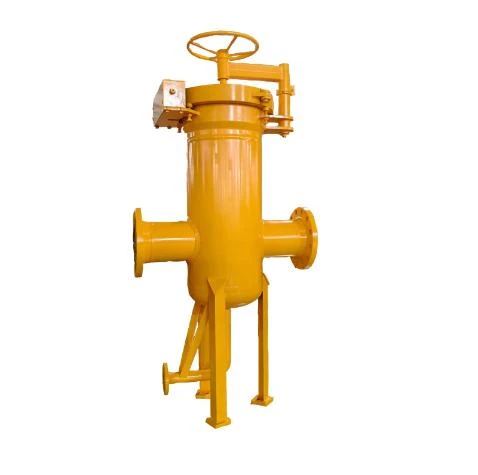
Jan . 02, 2025 09:57
Back to list
pressure reduction skid
Understanding Pressure Reduction Skids A Vital Component in Process Engineering
In many industrial processes, maintaining the right pressure levels is crucial for operational efficiency and safety. One of the key components that facilitate this is the pressure reduction skid. This piece of equipment is designed to manage, control, and reduce the pressure of fluids and gases, ensuring that they are at the correct levels for further processing or distribution.
What is a Pressure Reduction Skid?
A pressure reduction skid is a pre-engineered module equipped with pipes, valves, and a pressure-reducing device, typically installed at the forefront of a processing unit. These skids are usually constructed offsite and then transported to the installation site, which significantly reduces the time required for installation and minimizes on-site construction risks.
The primary function of a pressure reduction skid is to take high-pressure fluids or gases and reduce their pressure to a safer, more manageable level. This reduction can be critical in various applications, from natural gas distribution to chemical processing, where maintaining specific pressure levels is vital to avoid equipment failure or catastrophic incidents.
Key Components of a Pressure Reduction Skid
A typical pressure reduction skid consists of several critical components
1. Pressure Regulators These devices maintain a specific output pressure regardless of fluctuations in the inlet pressure. 2. Control Valves Used to adjust the flow of fluids through the skid, control valves help manage pressure levels effectively. 3. Instrumentation Pressure gauges and flow meters are essential for monitoring and ensuring that the system operates within desired parameters. 4. Safety Devices Relief valves and other safety mechanisms are integral to protecting the skid from overpressure situations, preventing potential hazards.
5. Piping and Joints The piping system is designed to handle the specific types of fluids and pressures involved, ensuring structural integrity and safety.
Benefits of Using Pressure Reduction Skids
pressure reduction skid

1. Compact Design Skids are typically compact, allowing for easy integration into existing sites without requiring extensive modifications.
2. Cost-Effective By fabricating the skid offsite, companies can reduce overall installation costs and project timelines.
3. Improved Safety With built-in safety mechanisms and pressure monitoring, skids help ensure safer operations, reducing the risk of accidents and equipment damage.
4. Easier Maintenance The modular nature of skids makes maintenance simpler, as components can be accessed and serviced without disrupting the entire system.
5. Customization Pressure reduction skids can be tailored to meet specific process requirements, accommodating diverse applications across industries.
Applications in Various Industries
Pressure reduction skids find applications across multiple sectors, each requiring precise pressure control. In the oil and gas industry, they manage the safe distribution of natural gas by reducing high-pressure gas to pipeline specifications. In water treatment facilities, skids play a role in controlling the pressure of water and chemicals in treatment processes.
The chemical manufacturing sector relies on these skids for reactor feed pressure regulation, ensuring optimal conditions for chemical reactions. Similarly, in the food and beverage industry, they help manage pressures in systems dealing with carbon dioxide and other gases, ensuring product quality and safety.
Conclusion
Overall, pressure reduction skids are essential for the safe and efficient operation of many industrial processes. Their ability to manage and regulate pressure effectively not only ensures safety but also enhances the overall productivity of operations. As industries continue to evolve and grow, the importance of such systems becomes ever more critical, with advancements leading to even greater efficiencies and enhancements in safety practices. Whether for high-volume gas distribution or delicate chemical processes, pressure reduction skids remain a cornerstone of modern engineering solutions.
Next:
Latest news
-
Safety Valve Spring-Loaded Design Overpressure ProtectionNewsJul.25,2025
-
Precision Voltage Regulator AC5 Accuracy Grade PerformanceNewsJul.25,2025
-
Natural Gas Pressure Regulating Skid Industrial Pipeline ApplicationsNewsJul.25,2025
-
Natural Gas Filter Stainless Steel Mesh Element DesignNewsJul.25,2025
-
Gas Pressure Regulator Valve Direct-Acting Spring-Loaded DesignNewsJul.25,2025
-
Decompression Equipment Multi-Stage Heat Exchange System DesignNewsJul.25,2025

